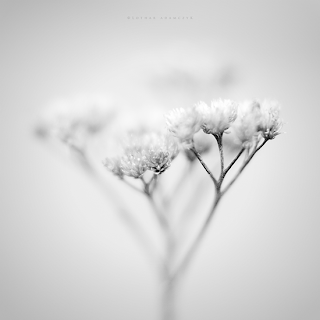Pond flowers are those beautiful flowers and plants that bring color to the surface of a water garden. Most varieties of pond flowers will not be able to survive in any other type of living conditions.
Water lilies, including the tropical and hardy types, are the most vibrant flowers that one sees in a water garden. Both tropical day blooming and the tropical night blooming lilies are capable of being hardy and robust but only in a climate that is frost-free. They will grow as annual flowers in the areas that receive frost; this means you must replace them each year. The stems of all tropical lilies are so stout that the flowers will stand above the surface of the water while their leaves float on the surface. The hardy water lily is able to thrive all year long as long the roots of the plant have enough soil or water covering them so they do not freeze. The leaves and the flowers of the hardy lily will float on the waters surface. These flowers open up on sunny days during the morning and close up in the middle of the afternoon sun. You can purchase water lilies in almost any color except for any shade of blue.
Some water plants that float on the surface but the roots of these plants are not in any soil will most likely reproduce at a high rate of speed forcing you to thin them out in order to keep them under control. You will need oxygenator plants and floating plants to keep a balance of both plant life and animal life.
water lilies
Some water plants that grow in shallow water can give you a visual progression between the water plants and the rest of the plants and flowers in the remainder of your garden beds. Many of the ornamental grasses are excellent progression plants that need plenty of moisture but must be planted in soil that is very well drained.
A pond that is just for the sounds of bubbling water or ornamental fish can be placed in the shade and it will do very well. If the garden pond is for growing colorful plants and beautiful water lilies or for both the plants and ornamental fish you will need to have an area that receives as much sun as possible. The fish and water flowers must have a perfect balance if both are to survive. You may not have a choice but to place your pond in an area that gets minimal sun, you just need to realize that your selection of plants will be limited but you can still enjoy all the color and beauty you want. Most water garden flowers need 4 to 6 hours of direct sunlight in order to thrive, but come of the water lily varieties and others that float may need only 3 to 4 hours of direct sun such as Pink Sensation, Comanche, and Texas Dawn Siox hardy water lilies.
Some water garden maintenance will be needed for a delightful pond. When winter season is over you need to remove plants that are just lingering around and mulch your water garden with well composted peat. The organic material contained in the mulch helps improve the condition of the soil each year. The mulch should be low in nutrients, if it is too high an algae bloom will happen once it seeps into the pond. This is also a good time to check the pond plants for dividing and also to remove any stray roots.
water lily
Backyard ponds and water gardens with all those beautiful pond flowers will also attract wildlife for your enjoyment besides adding value to your home and landscaping. All these water plants and flowers will provide birds, butterflies, amphibians, reptiles, and beneficial insects with some protection, shade, food, and shelter.
Water Hawthorn (Aponogenton)
Aponogeton distachyos is an example of certainly one of the most effective Deep-water aquatics, it is an easy plant to grow with leaves which tend to be evergreen and flowers that come into sight for months on end. These curious flowers borne on spikes that drift on the surface, each flower has waxy white petals and black anthers. The fragrance is powerful, variously described as ‘vanilla and ‘Hawthorn-like’. The oblong leaves can be blotched with brown and also the eventual spread is about 2 ft. Dissimilar to the Water Lily it will eventually flourish in limited shade and moving water, but ensure that it’s deep enough for the tubers that they are below the ice in winter.
Pond Lily (Nuphar)
This is a family member of the Water Lily family but it isn’t as attractive as it’s illustrious cousin. The flowers are small, rather plain and are carried on thick stems above the water. You will discover, however, a small number of distinct advantages, light and shade is no hindrance and neither is moving water. For the average sized pond choose ‘Nuphar minima’ (N. pumila). The yellow flowers are about 1inch across and also the under-water foliage is translucent. Sadly, the varieties on offer tend to be the enormous ones for example N. lutea (Brandy Bottle) with its 3 inch bottle shaped yellow flowers which smell powerfully of alcohol. This really is only ideal for a huge pond or lake.
Water Fringe (Nymphoides)
There is simply one basic species – Nymphoides peltata, commonly known as Floating Heart. Inside the catalogues you might find it listed as Villarsia bennettii or Limnanthermum nymphoides. The tiny Water Lily-like leaves measure about 2 inches across and are sometimes crinkly edged and blotched or speckled with brown. The 11/2 inch yellow flower is more like a Buttercup than a Water Lily, and the petal edges are fringed. The blooms are borne in small clusters. This is a useful plant for giving rapid surface cover before Water Lilies become too established, however it can get out of hand.




No comments:
Post a Comment